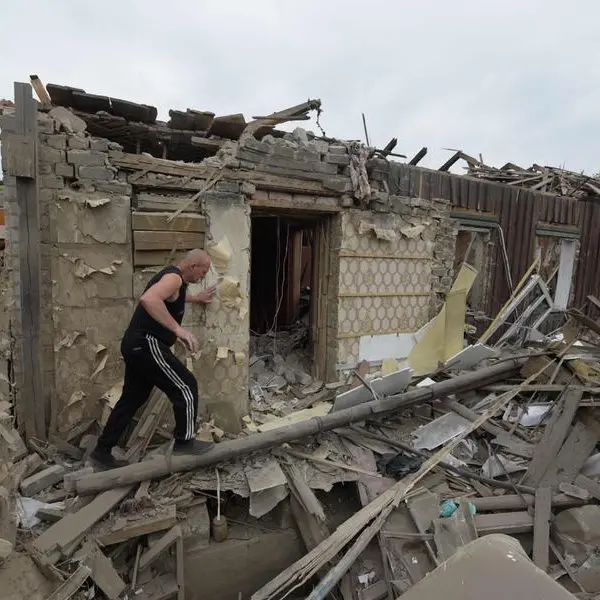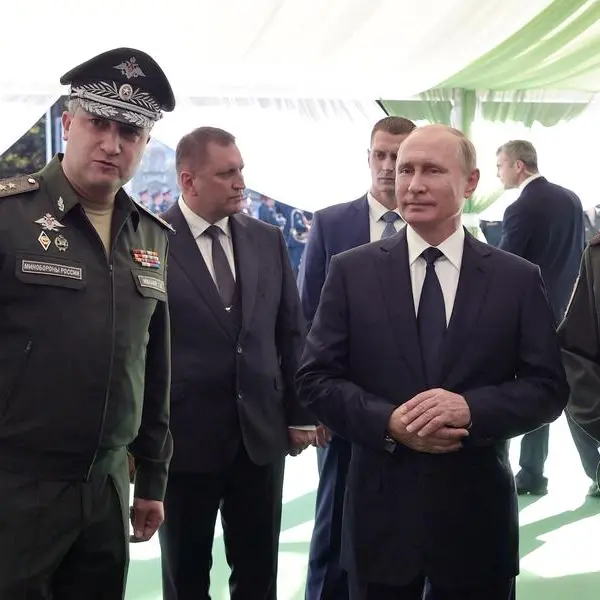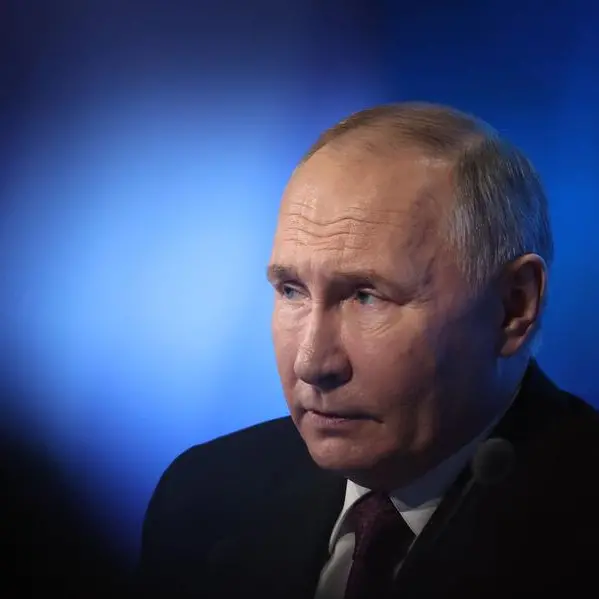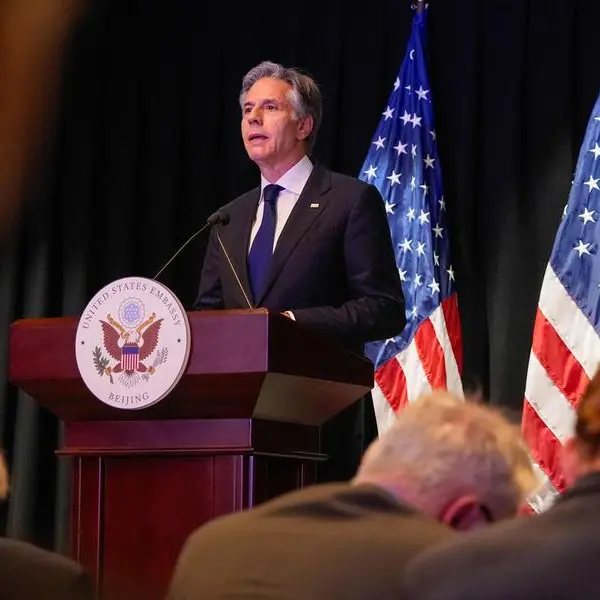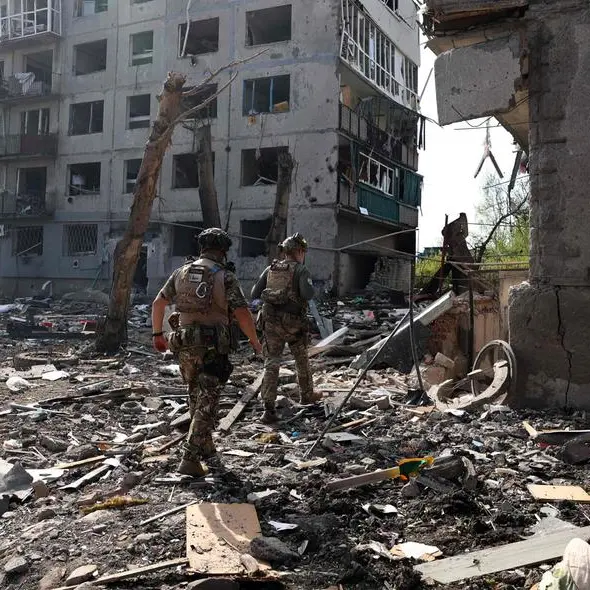LONDON - Defusing this year's single biggest shock to the world economy could catalyze a rebound in global markets many investors feel is overdue - but may also raise other uncomfortable conundrums.
Murmurs about some endgame in the 9-month-old Russian invasion of Ukraine - suggestions of anything from 'talks about talks' to some negotiated ceasefire - have swirled in media over the past week. All were watched as intently by global investors as much as politicians or military strategists.
As another major Russian retreat on the battlefield unfolded, speculation honed in on direct talks between Washington and Moscow, Kyiv's adamant denial of pressure to negotiate and some fears that post-election U.S. congressional gridlock may stymie new military aide to Ukraine.
And all that took place ahead of next week's G20 summit in Indonesia - where Washington and Beijing at least are looking to cool recent tensions between the two biggest economic powers.
What's for certain is the carnage, destruction and misery in Ukraine since the invasion on February 24 has been off the scale - with Russia's vast military casualties and economic isolation a high price for stalemate and now dwindling territorial gains.
But the global economic reverberations after February were arguably greater than from any conflict since the Cold War ended 32 years ago - and far beyond the ramped up military and defence spending in Europe and the United States.
Western sanctions slapped on Moscow seeded an energy and food price explosion that compounded and elongated the post-pandemic inflation spike around the world. That forced massive additional government spending to ease household and business costs and steep interest rate rises from the major central banks.
The cost of living crisis and recession alert have combined with a global liquidity drain and ramped up geopolitical risks everywhere. The upshot has been that mixed investments in stocks and bonds had their worst year in a century.
Even the tiniest sliver of light in that gloom may seem like a beacon of hope right now.
Although they troughed a month ago, global stock indices are still some 16% below levels recorded in the first week in February - when U.S. intelligence first warned a full Russian invasion was on the cards. Global government bond prices are down about 20% and the dollar is 14% stronger since then.
To be sure, few suppose any end to the conflict would see a return to square one on either political or economic levels - not least because wider inflation and economic trends have taken on a life of their own. And Ukraine's bills, Russia's isolation, energy disruption and military tensions may all simmer for years even if the 'hot war' ends.
But some detente could still have exaggerated effects on the global investment landscape, if only by raising visibility into next year, reducing some of the worst military 'tail risks' and allowing the most bearish portfolio positioning in over a decade to normalise. Any shift to central bank rate horizons amplifies that.
AN 'OUT' FOR CENTRAL BANKS
Pointing to Thursday's dramatic market surge following news of a surprisingly large drop in U.S. inflation last month, M&G's CIO of public fixed income Jim Leaviss said it showed how investors are willing to lap up the 'right direction' from here.
"Markets are clearly desperate for any sign central banks may pivot," he said, adding the CPI print alone removed at least a quarter point from the Fed's rate horizon next year.
Any suggestion of an end to the conflict in Ukraine would immediately spur hopes for some headline energy and food price relief next year and see markets react in a similar way.
"It would remove a lot of rate hikes from all central bank assumptions," said Leaviss. "Basically, it would give the central banks an 'out'."
Oil, natural gas, wheat and some metals prices may be the first to swoon - improving inflation expectations gauges.
For bond markets, the positives of sapping inflation and the policy rate outlook are multiplied by the improvement to government and corporate coffers - easing fears of ever more public borrowing or soaring high-yield defaults.
Stock markets would feed on any rekinded hopes of the fabled 'soft landing' next year - with easier borrowing rates improving financing, consumer demand and some equity valuations.
Given Europe's proximity to the conflict and outsize natural gas exposure, the region's stocks should outperform. The terms of trade hit to the euro and other currencies around the world would probably ease, while any 'safety bid' in the dollar could see the greenback give up at least some of 2022's extreme gains.
The geopolitical risk premia added to beaten-down Chinese investments - due in part to heightened sanctions risks after Ukraine - may also ease back somewhat too.
But there are notes of caution.
Some investors think energy relief and an economic sentiment boost just risk leaving inflation in the system for longer - especially if central banks opt to ease off the monetary brakes as a result
John O'Toole, Amundi's Head of Multi-Asset Investment Solutions, reckons there would be immediate speculation about reconstruction of Ukraine - with international conferences to fund projects and stock market lifts for industrial and materials firms in Europe.
But he doubted the overall picture would be one of much disinflation - and felt net economic stimulus may be more dominant.
"Without a recession next year, inflation stays sticky and interest rates stay high."
The opinions expressed here are those of the author, a columnist for Reuters.
(by Mike Dolan, Twitter: @reutersMikeD Editing by Lincoln Feast)
